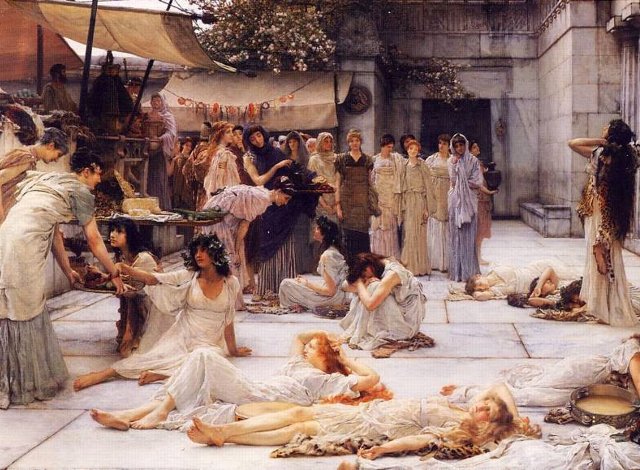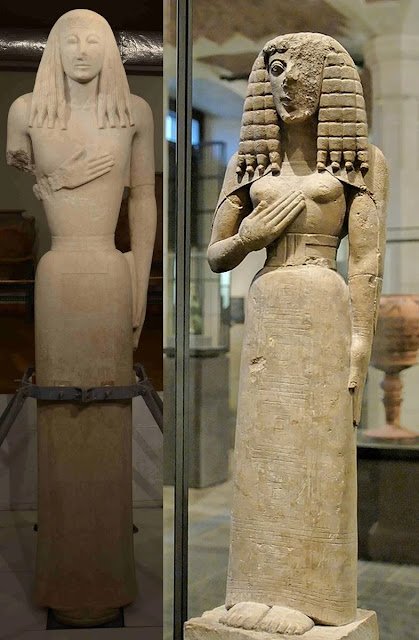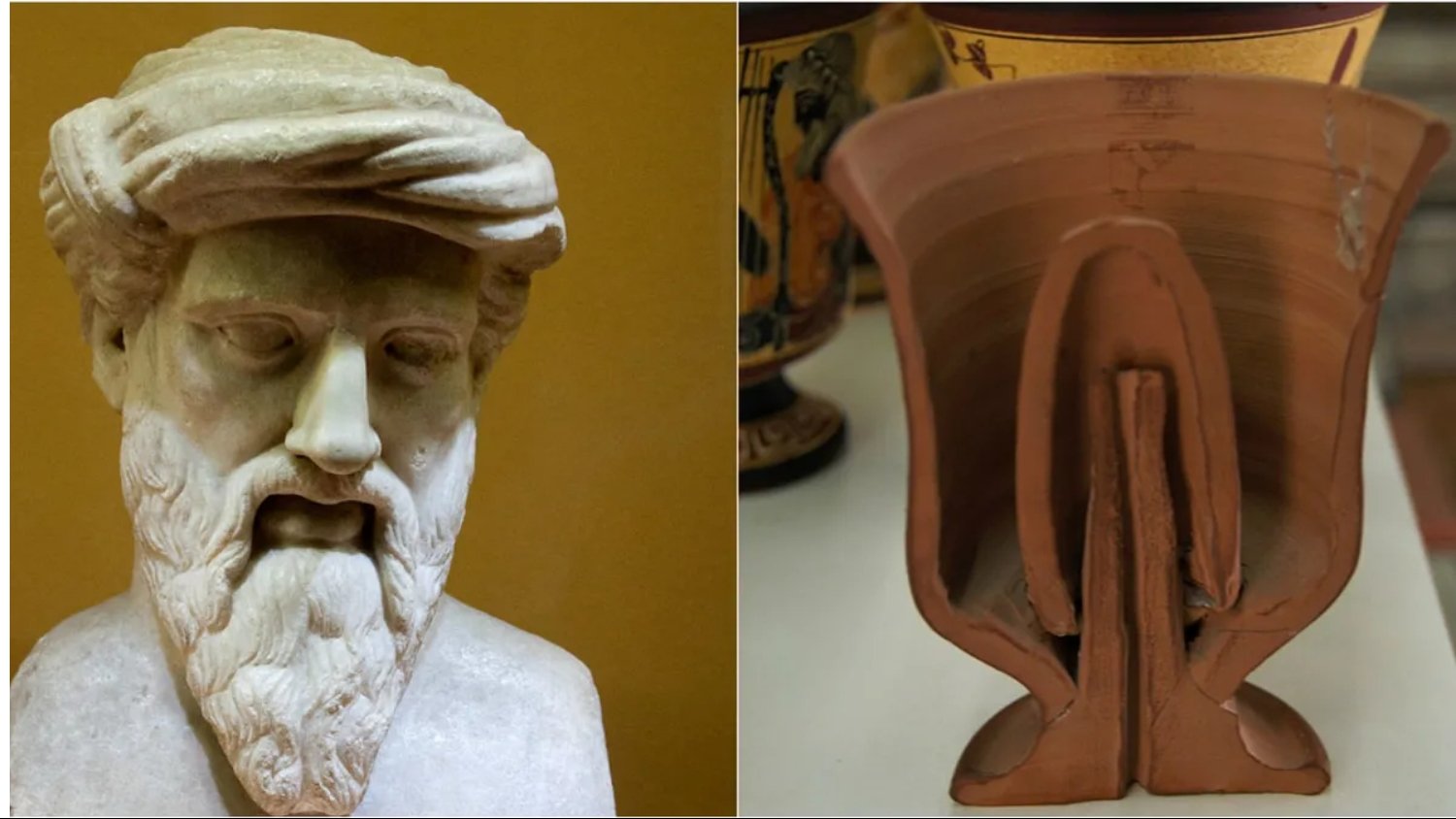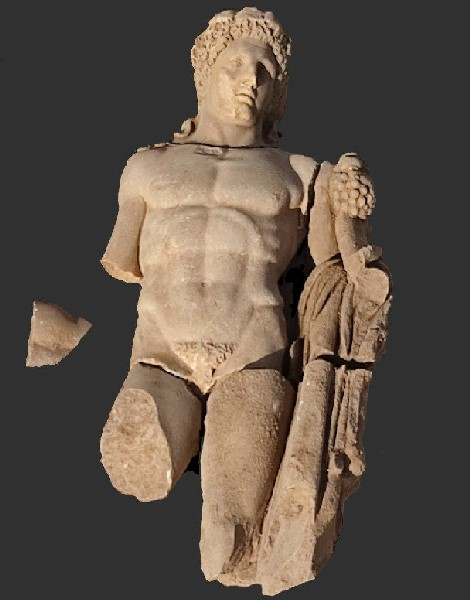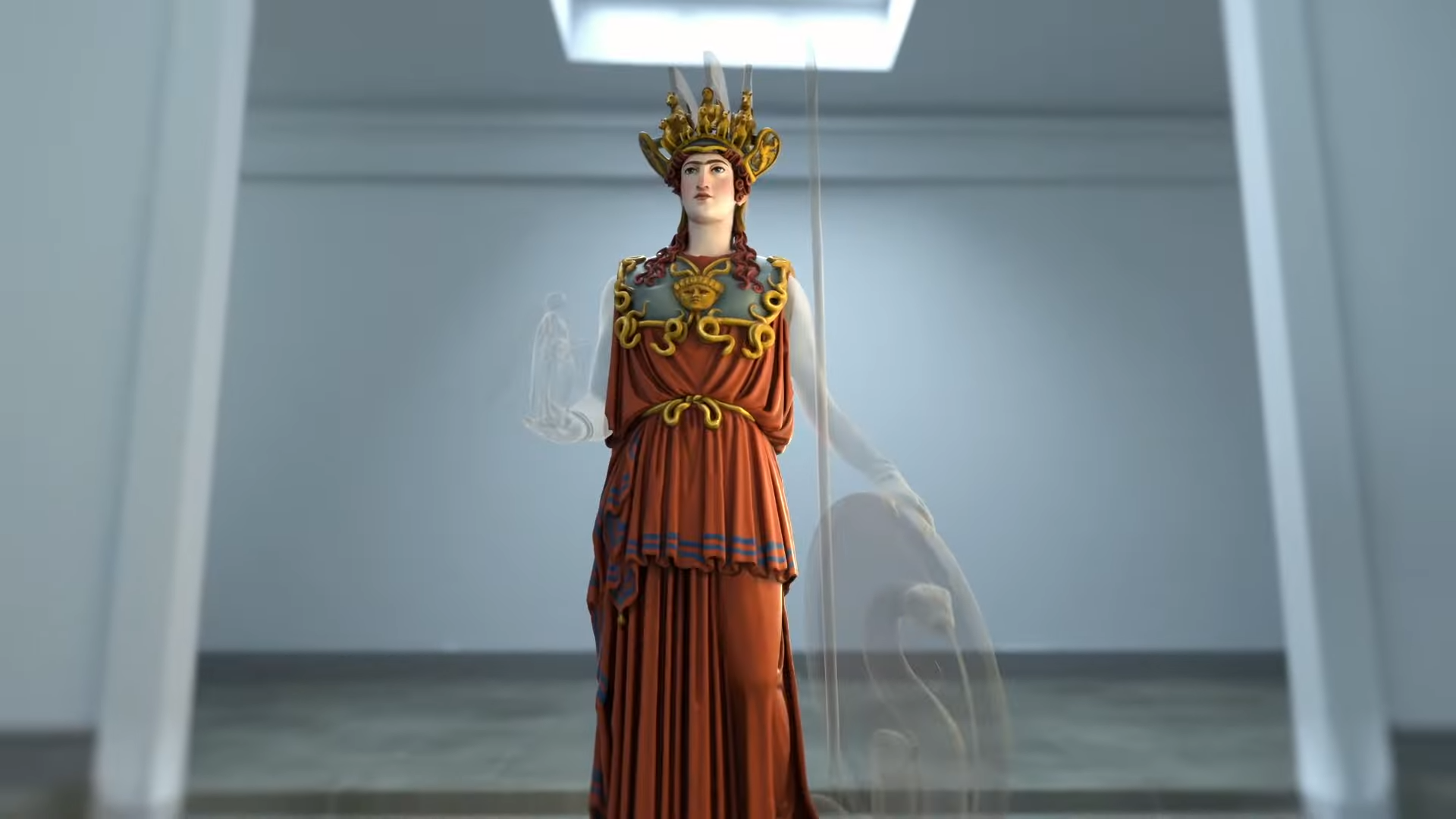For centuries in ancient Greece, figurines were made of baked clay, as it was one of the most malleable and cheapest materials. But for a long time they were considered insignificant mass products. The special exhibition "Perfection and mass - The world of Greek clay figurines" ("Klasse und Masse. Die Welt griechischer Tonfiguren") at the internationally renowned "Altes Museum" in Berlin puts the spotlight on the often underrated clay and an equally undervalued art form. The focus is on the richness of colorful figural representation as well as the production, use and reception of ancient clay figurines. It ties them back into the historical context of their use, opening up a new perspective in scholarly research for the organizers.
The 56 selected figurines, which will be shown together with other individual objects that have rarely or never been exhibited before, such as ceramic and marble statuettes, come from the famous "Collection of Antiquities" (Antikensammlung) of the National Museums in Berlin. It is a collection of ancient Greek, Roman and Etruscan works comparable to those of the Louvre and the British Museum, surpassed only by their counterparts in Italy and Greece, according to the newspaper "Die Welt". The entire "Collection" was exhibited for the first time in 72 years in 2011 in the "Old Museum" which was renovated after the reunification of Germany, as it preceded the Second World War, the transfer to the Soviet Union and the return to what was then East Berlin. The exhibits provide an overall picture of the diverse world of ancient clay figurines and illuminate many aspects of everyday life in ancient Greece.
Clay was used in antiquity not only for the mass production of figurines accessible to the common people, but also for individual, colorful figurines that were very elaborately crafted. These benches were also popular among the ancient social elite. Among them are unique pieces of great value, as evidenced by the impressive "Venus of Haile" (140 BC) found in Myrina in Ionia. The famous clay statuette was acquired in 1930 by the Maican Maximilian von Heil and is considered the masterpiece of the "Old Museum". It depicts the goddess in a garment that glides over her body with incomparable elegance. The former "Queen of Prussia", as the "Süddeutsche" newspaper described her in its first report twelve years ago, is missing the ends of her arms and one leg.
From the 7th century BC, the potters increasingly used hollow molds of fired clay with which they could produce an entire series of similar figures. Their partial use for the head or the body led to numerous combinations and variations. Each finished mold could in turn serve as a die for another generation of figurines. With the help of molds, they could be easily copied or distinguished from each other. However, this technique was used not only to produce mass figures, but also unique figures of very high quality.
In 1870, ancient clay figurines called "Tanagraia", were found near Tanagra, elegant and colorful figurines of young women with artfully folded clothing, mostly tunic and robe, which made this genre famous and established a real fashion. The depictions of mostly young women and their clothing corresponded to the taste of the European bourgeoisie of the time and quickly replaced the then popular - also small - porcelain figurines as decorative elements in living and dining rooms, as the bourgeoisie saw in the figures an equivalent to them. On the art market, the Tanagraia reached top prices, but they eventually ended up in museums. Among them were many fakes, and it was not until the end of the 20th century that scientific research was able to clarify which ones were genuine. In the 19th century, clay figurines were downgraded to mere decorative elements, but artistically some of them could definitely compete with small sculptures. Some from the Hellenistic period, according to experts, even reach the perfection of large sculpture. The masterful figures of Tanagra and Myrin date from this period.
Today, they also impress with their intense colors, some of which are amazingly well preserved and give an impression of the color spectrum that also dominated sculpture. In the 4th century BC, the color palette was expanded, and expensive colors such as blue and gold were used, as well as pastel shades such as pink and light green. From the 3rd century BC, pastel colors predominated, while some particularly important ones were additionally gilded. Their color spectrum changed over the centuries: before the 5th century BC, they preferred clear and bright colors such as red and yellow, but then potters also experimented with shades and light reflections. In painting, garments were highlighted and details or features of the figures were emphasized. Observing such details also makes it possible to reconstruct the lost colors of the marble sculptures, since the ancient colorings in them are rarely preserved as well as in the clay statuettes.
We now know that many of them also played an important role in the daily life of people in ancient Greece, providing us with important information, from social norms to religious beliefs. The scenes and motifs depicted seem almost taken from real life and had important functions in many aspects of life. From myths to bread baking, a variety of subjects were recorded in clay. Findings in tombs, shrines, and houses indicate that the figures were used for very different reasons. Many of them played an important role in religious worship, being consecrated to shrines on certain occasions in life: in the case of women, for example, on the occasion of their marriage and motherhood. In private houses they were placed as part of a domestic cult for the protection of the family. In necropolises, they were found mainly in the tombs of young people as substitutes for objects that would have been consecrated to the gods during ceremonies marking important milestones on the way to adulthood. The function and meaning of the figurines in this context is still being intensively researched.
















